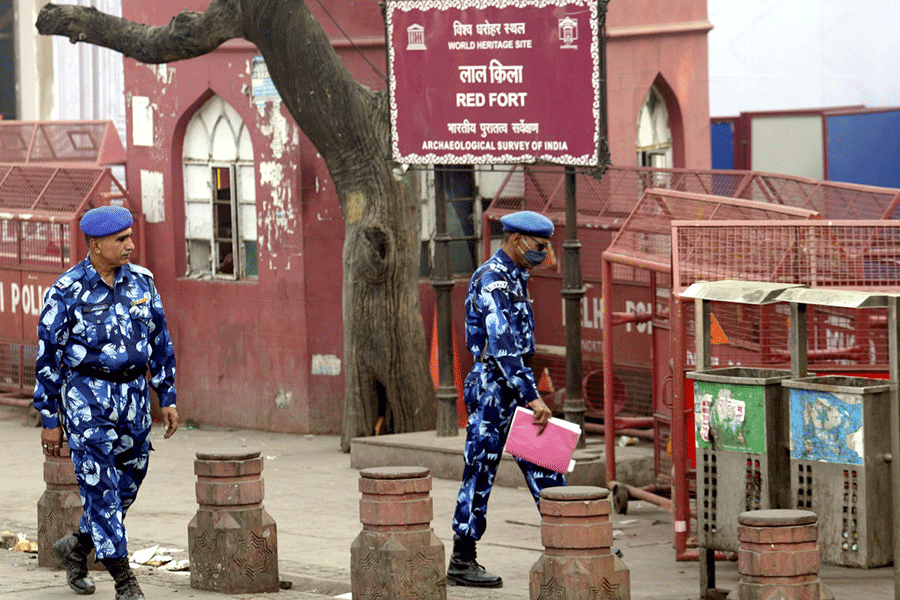Two independent reports released on the sidelines of COP30 at Belem, Brazil, have highlighted how temperatures across India have risen in record proportions during 2024, a year that also witnessed the worst impact of climate disasters in the country.
Both reports have cited government and peer-reviewed data.
“India’s annual maximum temperatures increased steadily across most states from 0.1°C to 0.5°C during the last decade, with 2024 emerging as the hottest year on record, averaging +0.65°C above the 1991-2020 baseline and surpassing the 2016 record,” the report prepared by Climate Trends and Climate Compatible Futures says.
The study also found that India’s electricity demand rose by 9 per cent during the peak heatwave months of April-June 2024 compared to April-June 2023, with the Indo-Gangetic region witnessing persistent temperature spikes. “Summer peaks frequently exceeded 45°C and an unprecedented 52.3°C recorded in Mungeshpur (Delhi) in 2024, marking intensified and prolonged heat waves,” the report says.
The analysis has found that the northern Indian states, including Delhi, Uttar Pradesh, Punjab and Haryana, were the most affected regions, exhibiting the sharpest increases in summer temperature surges.
“Traditionally cooler regions such as Uttarakhand (11.2%) and Ladakh (9.1%) registered the highest percentage increases in annual summer temperatures, signalling expanding vulnerability in high-altitude areas,” the study says.
“The findings show that India’s heatwaves and power shortages can no longer be treated as separate crises. They are converging. It is clear that the only durable way out is to urgently upgrade our grid, invest in storage and enable flexible, climateresilient electricity systems,” Aarti Khosla, director, Climate Trends, said.
The other report, prepared by the Delhi-based environment think tank Centre for Science and Environment (CSE), chronicles the impacts of climate change drivers on the country’s disaster dynamics by assessing the period from January to September 2025.
“India faced extreme weather events on 99 per cent of days in the first nine months of 2025, marked by heat and cold waves, lightning and storms, heavy rain, floods and landslides. These events claimed 4,064 lives, affected 9.47 million hectares of crops, destroyed 99,533 houses, and killed approximately 58,982 animals,” the report says.
In 2024, such disasters occurred on 255 days, resulting in 3,238 deaths and losses across 3.2 million hectares.
The report further points out that from January to September this year, there was a sharp surge in the frequency and intensity of extreme weather events across India compared to the same period in the past three years.










